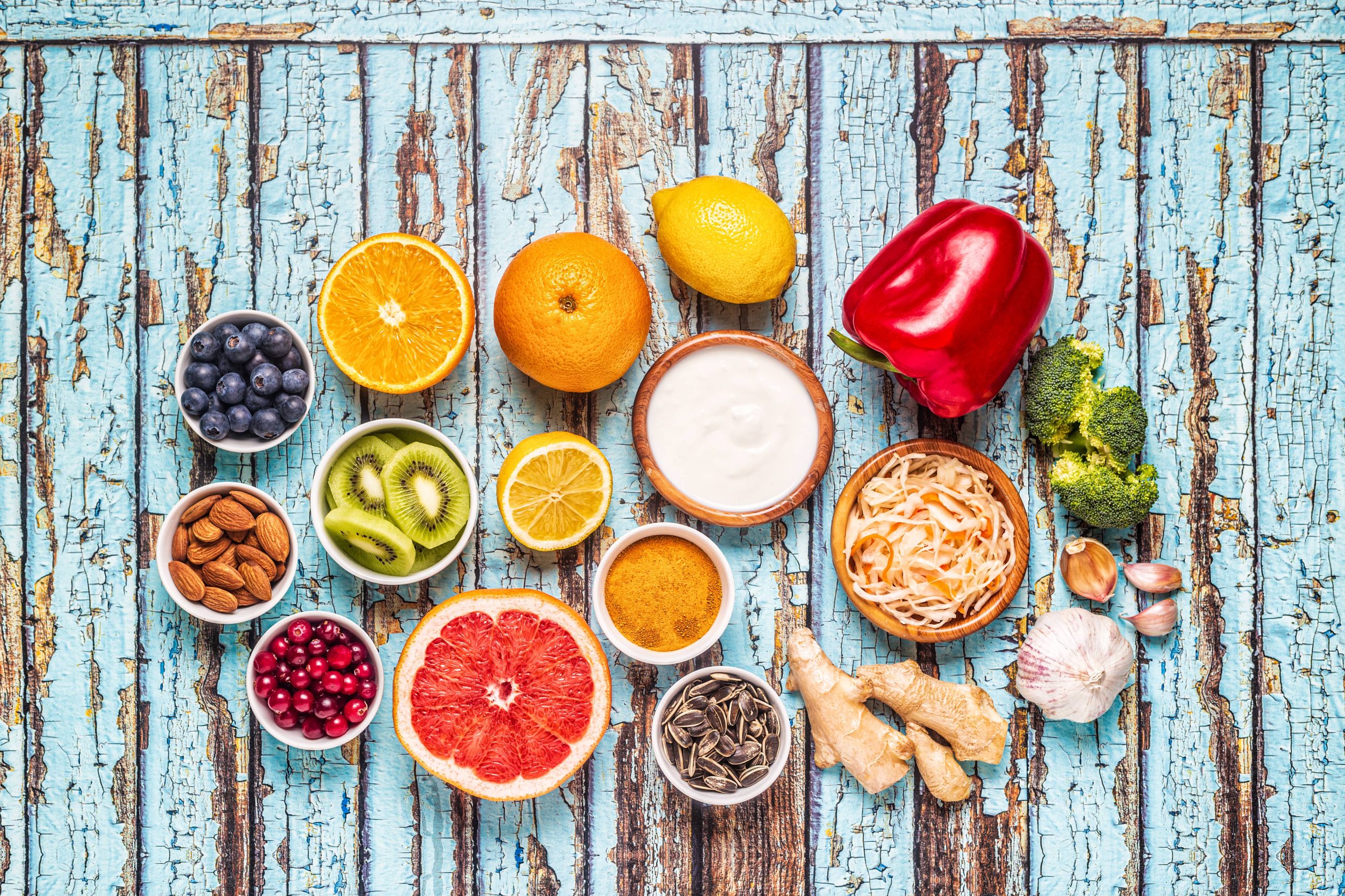
In today’s fast-paced world, the allure of colorful packaging, catchy jingles, and quick convenience can often steer children’s diets toward junk food. The challenge for many parents is not just about providing healthier options but making those options appealing enough to compete with sugary cereals, salty snacks, and sugary drinks. Transitioning kids from junk food to healthier meals is not only a journey toward better physical health but also a crucial step toward building lifelong habits.
Understanding the Appeal of Junk Food
Before we can guide kids toward healthier options, it’s important to understand why junk food is so appealing to them. Often loaded with sugar, salt, and unhealthy fats, junk foods are engineered to taste good. Coupled with clever marketing, these foods can easily become favorites among children. They offer an immediate gratification of taste, but without the nutritional value that growing bodies need.
Moreover, many kids associate junk food with rewards or comfort due to its prevalent use in celebrations, special events, or as a treat for good behavior. This emotional attachment can further complicate efforts to transition to healthier eating habits.
The Importance of Early Nutrition Education
To steer children toward healthier options, it is vital to educate them early on about nutrition. This involves teaching them about the benefits of a balanced diet and the role of different nutrients. Children who understand how food affects their bodies and energy levels are more likely to make healthier choices independently.
You can turn education into an engaging activity by involving children in meal planning and grocery shopping. Show them how to read labels and understand the ingredients. Make it a fun challenge to find products with fewer ingredients, less sugar, and more vitamins and minerals.
Setting the Example: Lead by Example
One of the best ways to guide children toward healthier eating habits is by setting an example. Kids are perceptive and will often mimic the behaviors of adults. If they see parents or caregivers opting for fast food over a home-cooked meal, they may be more inclined to reach for a bag of chips instead of an apple.
Incorporating family meals at the table instead of in front of the TV allows for better focus on the food and connection with each other. Use these mealtimes to showcase a variety of foods and engage children in conversations about how the meal was prepared and its nutritional benefits.
Introducing Healthier Alternatives
A gradual approach works best when transitioning kids from junk food to healthy options. Start by slowly introducing healthier alternatives to their favorite junk foods. Here are some suggestions:
1. Swap Fries for Veggies: Instead of french fries, offer carrot or celery sticks with a fun dip like hummus or a yogurt-based dressing. Sweet potato fries baked in the oven can also be a healthier, tasty substitute.
2. Soda Replacement: Replace sugary sodas with flavored water or homemade smoothies. Use natural fruits to sweeten drinks, ensuring they remain a treat for the taste buds without the sugar spike.
3. Fruit Over Candy: Encourage fruits as a sweet snack. Prepare fruit slices in fun shapes or serve them with a tiny amount of dark chocolate for dipping.
4. Whole Grain Alternatives: Switch to whole grain versions of bread and pasta, providing more fiber and nutrients than their refined counterparts.
5. Healthy Breakfast Cereals: Opt for cereals with whole grains and less sugar. Try mixing favorite sugary cereals with healthier ones to transition gradually.
Making Healthy Eating Fun
The key to successful dietary shifts lies in making healthy food fun and engaging for kids. This can be achieved through creative presentation, involvement in food preparation, and making meals a communal and enjoyable experience.
– Creative Presentation: Arrange fruits and vegetables in shapes of animals, or create rainbow plates showcasing a variety of colors. A visually appealing plate is more likely to attract a child’s interest.
– Cooking Together: Involve kids in cooking, allowing them to pick out new recipes to try. Children are more inclined to eat foods they’ve had a hand in preparing. Cooking can also serve as a practical way to teach kids about nutrition and portion sizes.
– Reward Progress: Develop a reward system that is not food-based. Praise their efforts and creativity in trying new foods. Rewards could be a family outing, a new toy, or an extended playtime.
Practical Tips for Busy Parents
For many families, time is a significant barrier to healthier eating. It can be difficult to prepare nutritious meals after a long day. Here are some practical tips to help:
– Plan meals ahead and prepare ingredients in advance. This can be a fun weekend activity with the kids.
– Utilize smart kitchen gadgets like slow cookers to have healthy meals ready by dinnertime.
– Keep healthy snacks like nuts, fruit, yogurt, or cheese sticks readily available to curb the urge for junk food.
Conclusion: A Long-term Commitment
Guiding kids from junk food to healthier options is not an overnight journey; it requires patience, consistency, and support. Children’s dietary habits are largely influenced by their immediate environment. By making small, sustainable changes and involving kids in the process, parents can significantly impact their food choices and attitudes toward nutrition.
Remember, the goal is to nurture a healthy relationship with food. Celebrate the small victories, encourage exploration and curiosity with food, and most importantly, make the process a fun and rewarding experience. In time, these efforts can pave the way for healthier eating habits that last a lifetime.










